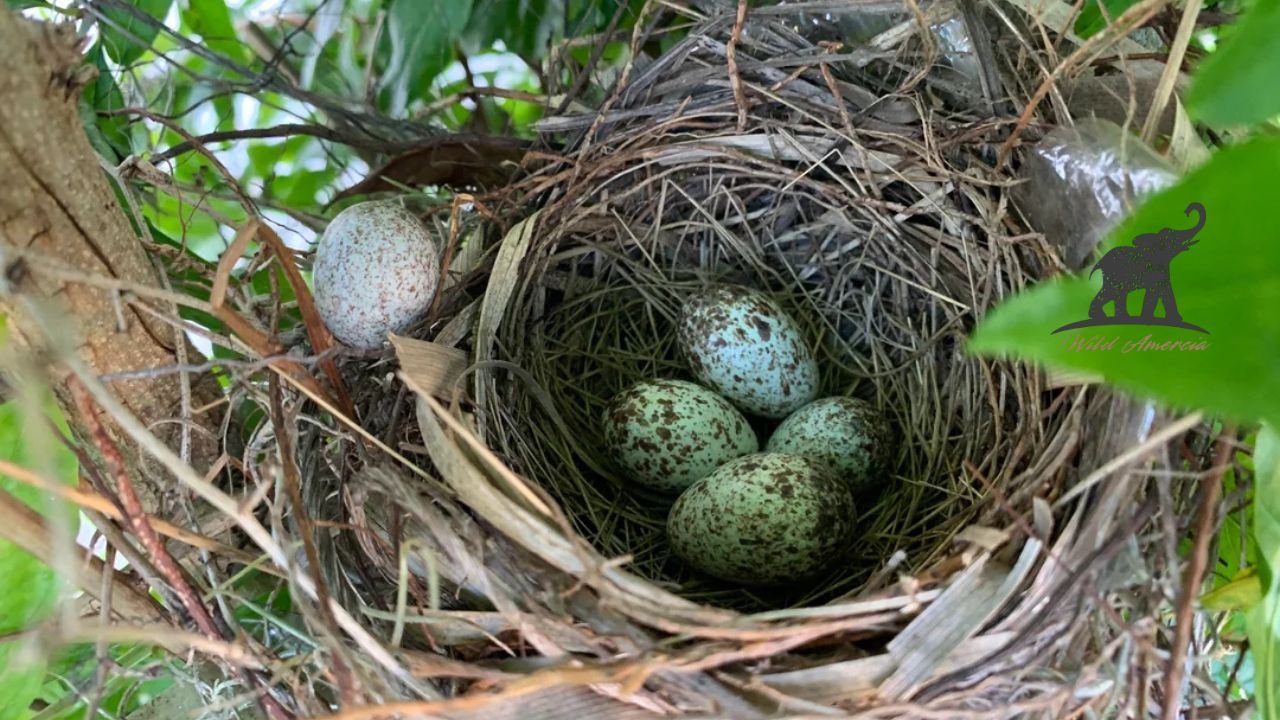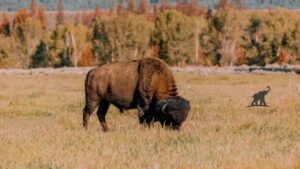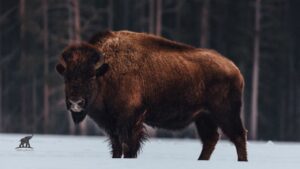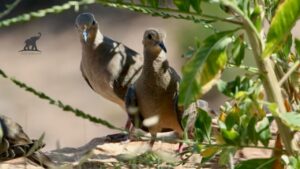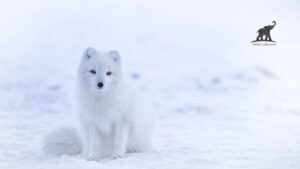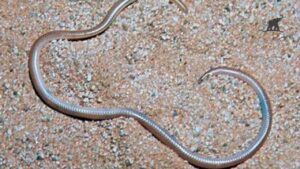Northern cardinal eggs are among the most fascinating treasures hidden in backyard nests across North America. These delicate blue-green gems represent the beginning of one of nature’s most beloved songbirds. Whether you’re a seasoned birdwatcher or simply curious about the cardinals visiting your garden, understanding their eggs opens up an incredible world of avian wonder.
Let me take you on this journey through everything you need to know about these remarkable eggs.
Quick Facts About Northern Cardinal Eggs
| Characteristic | Details |
| Scientific Name | Cardinalis cardinalis |
| Egg Color | Pale blue to blue-green with brown/gray speckles |
| Size | 0.9-1.1 inches long, 0.7-0.8 inches wide |
| Weight | Approximately 4-5 grams |
| Clutch Size | 2-5 eggs (typically 3-4) |
| Incubation Period | 11-13 days |
| Breeding Season | March through September |
| Nesting Location | Dense shrubs, 3-10 feet high |
The Stunning Appearance of Northern Cardinal Eggs
When you first glimpse northern cardinal eggs, you’ll be struck by their ethereal beauty. These eggs showcase a mesmerizing pale blue to blue-green base color that seems almost otherworldly. The surface features delicate brown and gray speckles scattered randomly across the shell.This unique coloration serves a vital purpose beyond aesthetics. The speckled pattern helps camouflage the northern cardinal eggs from predators like snakes, squirrels, and other birds. Nature’s design is absolutely brilliant!Each egg measures roughly the size of a large grape. The shell feels surprisingly thin yet remarkably strong enough to protect the developing chick inside.
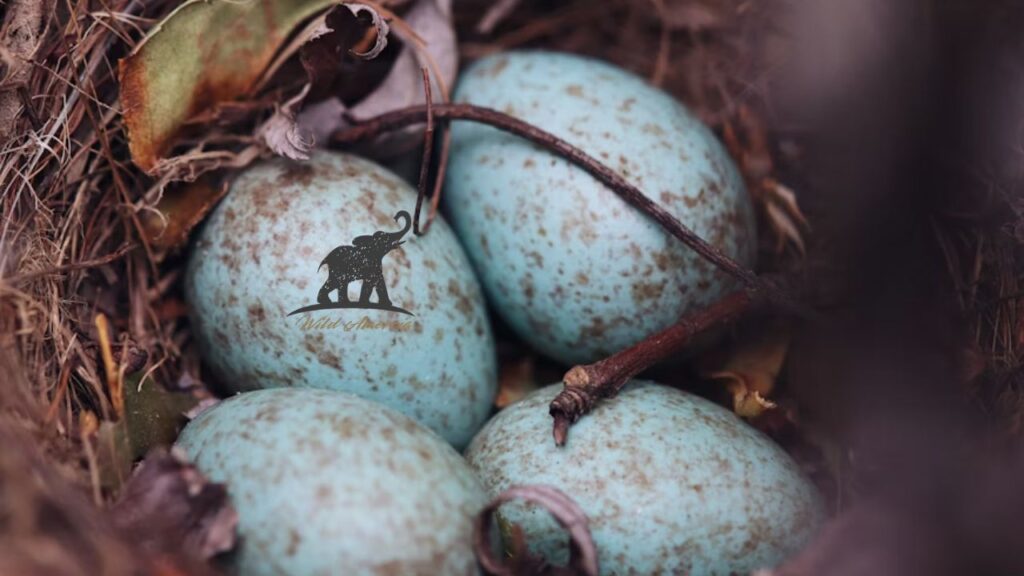
Where Do Cardinals Lay Their Eggs?
Finding northern cardinal eggs requires knowing where these birds prefer to nest. Cardinals are incredibly strategic about their nesting locations.
Preferred Nesting Sites
Female cardinals typically choose:
- Dense shrubs and thickets between 3-10 feet off the ground
- Evergreen trees like juniper and pine for year-round cover
- Bramble patches that offer natural protection
- Garden hedges in suburban areas
The female does most of the nest-building work. She weaves together twigs, bark strips, and leaves to create a sturdy cup-shaped structure. This process takes about 3-9 days of dedicated effort.
The Incredible Journey: From Egg to Hatchling
Understanding the development of northern cardinal eggs reveals nature’s most amazing miracle. Let me walk you through this fascinating process.
Incubation Phase
Once the female lays her clutch of northern cardinal eggs, she begins the crucial incubation period. This typically lasts 11-13 days, during which she rarely leaves the nest.
The male cardinal plays a supportive role by:
- Bringing food to his mate
- Standing guard against predators
- Singing territorial songs to ward off threats
Temperature Control
Maintaining the perfect temperature is critical for northern cardinal eggs. The female uses her brood patch—a featherless area on her belly—to provide consistent warmth at exactly 99-102°F.
Even slight temperature fluctuations can be devastating for the developing embryos.
Breeding Season and Multiple Clutches
Northern cardinal eggs appear multiple times throughout their extended breeding season. This reproductive strategy significantly increases their survival chances.
Seasonal Timeline
Cardinals typically produce:
- First clutch: March-April
- Second clutch: May-June
- Third clutch: July-August
- Possible fourth clutch: September (in warmer climates)
This remarkable productivity means you might discover northern cardinal eggs in your yard several times during spring and summer.
Threats and Challenges Facing Northern Cardinal Eggs
Unfortunately, northern cardinal eggs face numerous dangers in the wild. Understanding these threats helps us appreciate the remarkable resilience of these birds.
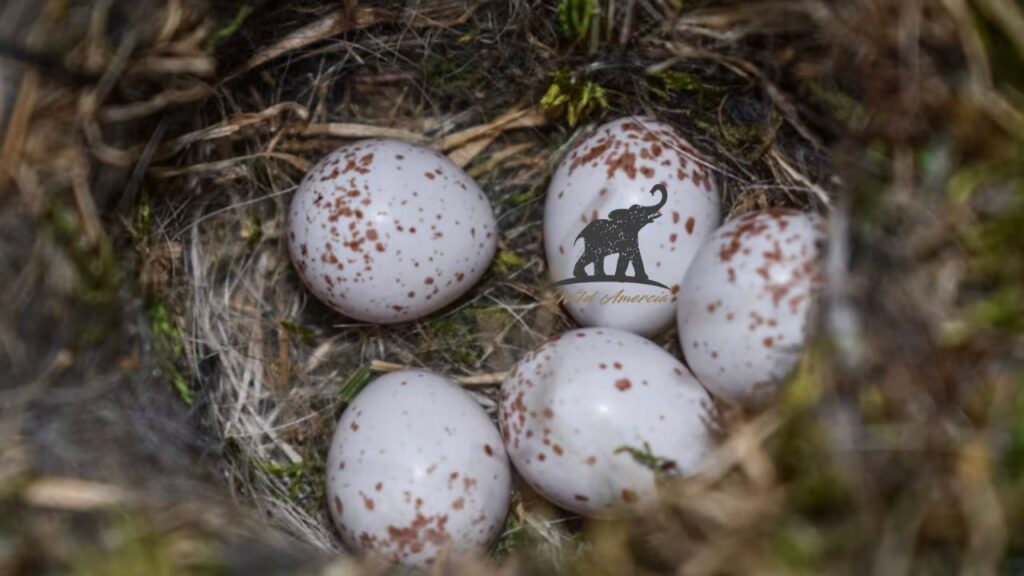
Natural Predators
The biggest threats to northern cardinal eggs include:
Mammalian Predators:
- Raccoons and opossums
- Squirrels and chipmunks
- Domestic cats
Avian Predators:
- Blue jays and crows
- Hawks and owls
- House sparrows
Environmental Challenges
Weather poses another significant risk. Heavy storms can destroy nests, while extreme temperatures threaten the viability of northern cardinal eggs.
Climate change has also shifted traditional breeding patterns, forcing cardinals to adapt their nesting strategies.
How to Help Protect Northern Cardinal Eggs
You can make a real difference in supporting these magnificent birds and their eggs.
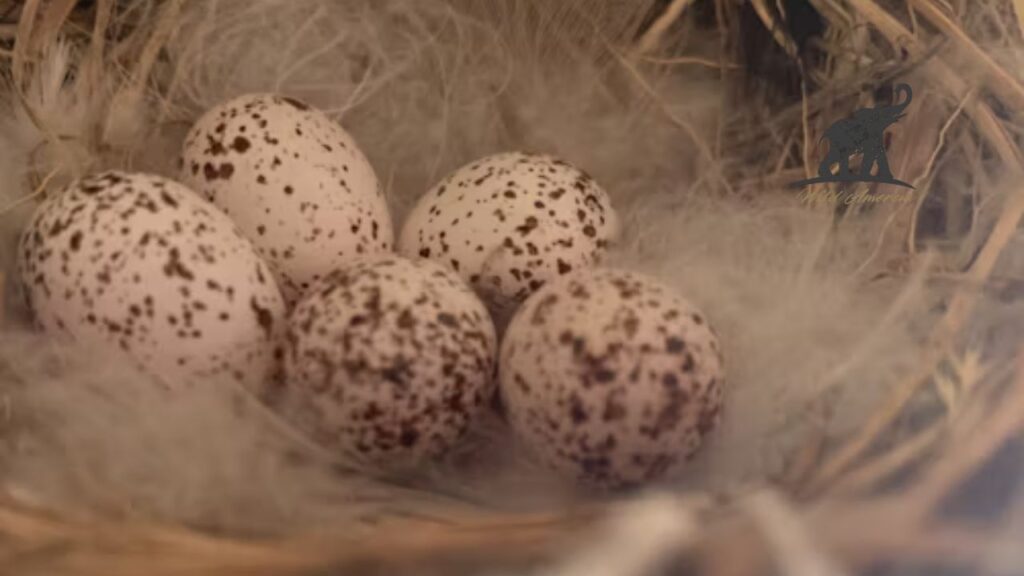
Creating Cardinal-Friendly Habitats
Transform your yard into a cardinal paradise:
- Plant native shrubs like dogwood and elderberry
- Provide dense cover with evergreen plantings
- Install bird feeders with sunflower seeds
- Create water sources with shallow birdbaths
Responsible Observation
If you discover northern cardinal eggs, admire them from a distance. Never disturb active nests, as this can cause the parents to abandon their clutch.
Conservation Status and Future Outlook
Northern cardinal populations remain relatively stable across most of their range. However, habitat loss continues to pose challenges for finding suitable nesting sites for northern cardinal eggs.
Conservation efforts focus on:
- Preserving natural woodland corridors
- Promoting native plant gardening
- Reducing pesticide use in residential areas
Regional Variations in Northern Cardinal Eggs
Interestingly, northern cardinal eggs can show slight variations depending on geographic location and local environmental factors.
Size Differences
Cardinals in northern climates often produce slightly larger eggs, possibly as an adaptation to longer, harsher winters.
Color Variations
While maintaining their characteristic blue-green base, some northern cardinal eggs display more pronounced speckkling patterns in certain regions.
The Science Behind Egg Development
Recent research has revealed fascinating details about northern cardinal eggs and embryonic development.
Studies show that:
- Embryos can detect parental alarm calls while still inside the shell
- Temperature variations during incubation affect hatchling size
- Nutrition quality impacts shell thickness and egg viability
This scientific understanding helps conservationists develop better protection strategies for northern cardinal eggs.
Frequently Asked Questions
How can I tell if northern cardinal eggs are fertile?
Fertile eggs will show visible blood vessels when candled after 7-10 days of incubation. However, avoid disturbing active nests.
What should I do if I find abandoned northern cardinal eggs?
Contact your local wildlife rehabilitation center immediately. Never attempt to incubate wild bird eggs yourself.
How long after hatching do baby cardinals leave the nest?
Young cardinals typically fledge 9-11 days after hatching from northern cardinal eggs.
Do both parent cardinals incubate the eggs?
Only the female incubates northern cardinal eggs, while the male provides food and protection.
Can northern cardinal eggs survive if the nest is disturbed?
Minor disturbances usually don’t cause abandonment, but repeated interference can lead parents to abandon their northern cardinal eggs.
What time of day do cardinals typically lay their eggs?
Female cardinals usually lay northern cardinal eggs in the early morning hours, typically one egg per day until the clutch is complete.
Final Thoughts
The world of northern cardinal eggs offers endless fascination for nature lovers. These remarkable eggs represent hope, resilience, and the incredible beauty of wildlife that surrounds us every day.
Admin Recommendation
Cottonmouth Snakes in North Carolina (NC): Key Facts
The Fascinating World of Arctic Fox Fur
Experience the Majesty of Elk and Bison Prairie, KY
Cottonmouth Snakes in North Carolina (NC): Key Facts
Bald Eagle Spiritual Meaning: A Guide to Symbolism and Significance
The Appealing Charm of Ragdoll Kittens
Where to Find Arctic Fox Fur in AC Valhalla
The Barbados Threadsnake: Unveiling the World’s Smallest Snake
American Eskimo Dog: A Comprehensive Guide to This Charming Breed
Discovering Acadia National Park Wildlife
Spotted Salamanders: Nature’s Hidden Gems
Baby American Crocodile: Fascinating Facts About The Next Generation
The Fascinating World of the Albino Wild Turkey
American Bulldog puppies: Full of life, loveable and loyal
Baffin Polar Bear: A Journey into the Arctic’s White Majesty
NC Copperhead Snake: A Comprehensive Guide
Mojave Desert Rattlesnake—A Deadly Beauty of the Southwest
Mourning Dove Lifespan, Care, and Diet Guide
Arroyo Toad: A Guide to This Endangered Amphibian
Northern Leopard Frog: A Fascinating Amphibian
House Sparrow Fledglings:All You Need to Know
The Fascinating World of the Cave Salamander
Eastern Bluebird Spiritual Meaning: A Symbol of Hope and Happiness
When Goldfinches Transform: The Complete Guide to Goldfinch Molting
Hummingbirds Nest: Nature’s Tiny Masterpiece
The Complete Guide to Blue Jay Bird Eggs: Nature’s Stunning Sky-Blue Treasures

